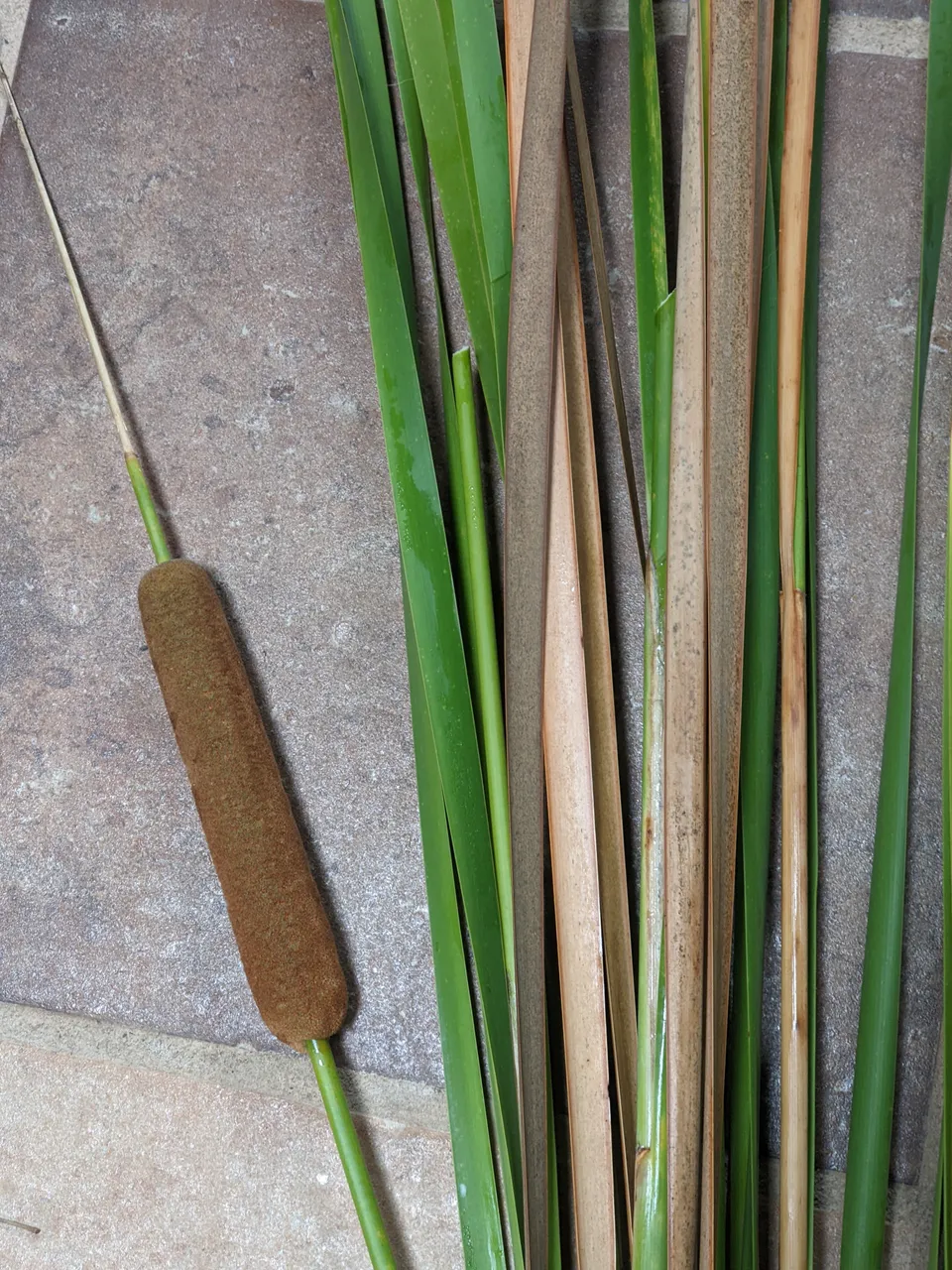We are seeing a revival of natural plant fibers in the world of textiles. Once, we used a much wider variety of plant fibers than we do today. What happened? In the 1960s, synthetic fabrics overshadowed the market. Now, we are starting to see young artisans revisit natural plant fibers. There is something special about working with natural materials–it allows for a more hands-on and intimate experience with the textile process. Are you interested in learning more about natural plant fibers? Keep reading!
Natural plant fibers have been used for centuries to create textile products. In fact, some of the first textiles were made from natural plant fibers. Some of the earliest plant fibers used were made from oak bark, flax, and even nettles!
Nowadays, natural plant fibers are making a comeback. This shift is driven by a new generation of designers and makers who are interested in sustainable and natural materials. Natural plant fibers offer a unique set of properties that synthetic fibers just can't match.
Some of the most common natural plant fibers include:
Cotton
Hemp
linen
jute
ramie
Each of these natural plant fibers has its own set of unique properties. For example, hemp is known for being one of the strongest natural fibers. It's also resistant to mold and mildew, making it a great choice for outdoor applications.
Linen, on the other hand, is prized for its natural beauty and luxurious feel. It's also a very strong fiber, but it's also much more absorbent than other natural plant fibers.
As we see a resurgence in natural plant fibers, we are also seeing a revival of traditional textile crafts. Young artisans are rediscovering the beauty and versatility of these natural fibers and are creating stunning works of art.
So, why the revival of natural plant fibers? I think there are a few reasons. First, there is a growing awareness of the impact our choices have on the environment. Synthetic fabrics are made from petroleum products, which are not only non-renewable resources, but they also release harmful toxins into the air during manufacturing.
Natural plant fibers, on the other hand, are renewable and biodegradable. They also tend to be much more gentle on sensitive skin, making them a great choice for people with allergies or sensitivities.
Finally, I think people are just tired of mass-produced items that all look the same. There's something special about owning a piece of art that is truly one-of-a-kind, and I think that's part of the appeal of natural plant fibers.
If you're interested in trying out natural plant fibers, there are a few things to keep in mind. First, they often require special care, such as hand-washing or dry-cleaning.
What do you think? Are natural plant fibers making a comeback? Let me know in the comments below! Thanks for reading!
